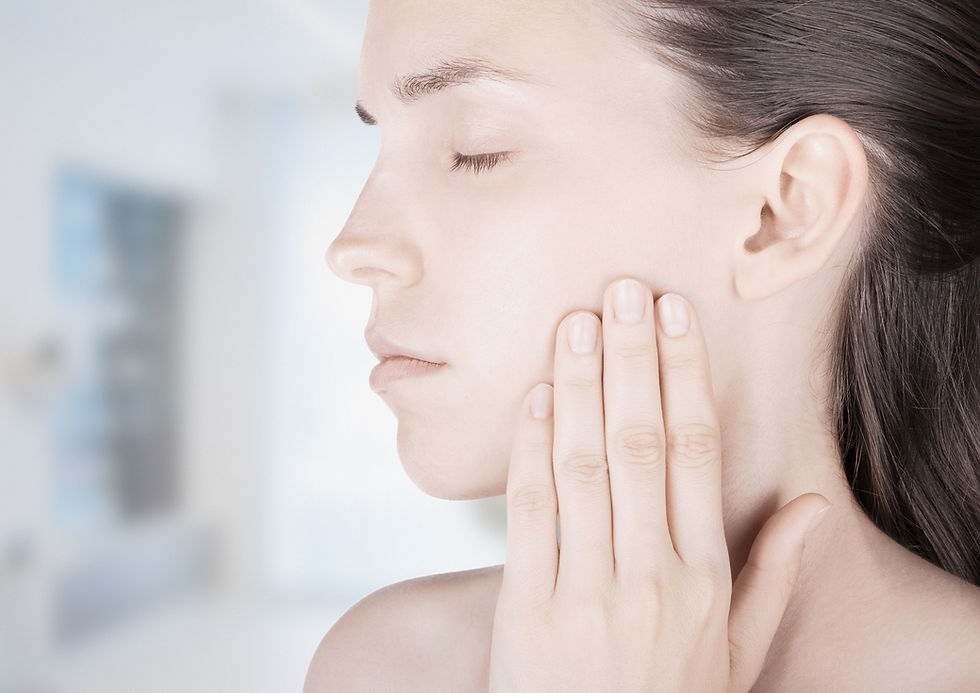Impacted Canines
- Leon Gillman
- Mar 3, 2022
- 2 min read
Updated: Mar 4, 2022
The upper canine tooth erupts into the mouth between age 12-14 and with the exception of the wisdom teeth, is the last tooth to erupt. There is frequently insufficient space and the tooth may become impacted or stuck, frequently in the palate. This tooth, which has a long root and distinctive crown, is important in stabilising the bite. For this reason, orthodontists will try if at all possible, to move this tooth into its correct place rather than ask for the tooth to be extracted.
How do I know if my tooth is impacted?
Your dentist should be able to feel the canine tooth in the gum just beneath your nose by age 11. If the tooth can not be felt by this age, it may be impacted. A panoramic radiograph will show which teeth are present and their approximate position within the jaws. However, impacted canines may be located either in front or behind the roots of permanent teeth and for this reason, a more exact location may be determined by a dental cone beam CT scan.

What is surgical exposure?
In order for the orthodontist to bring the impacted tooth into the correct position, a small brace must be glued onto the tooth. For this to occur, the surgeon will usually make a small incision in the gum and may need to remove a small amount of the jaw bone covering the tooth. The surgical procedure lasts approximately 30 minutes and may be performed under local or general anaesthetic. Depending on the location of the tooth, the surgeon may need to stitch the gum closed at the end of the procedure. The orthodontist can then start moving the tooth into the correct position.



Comments